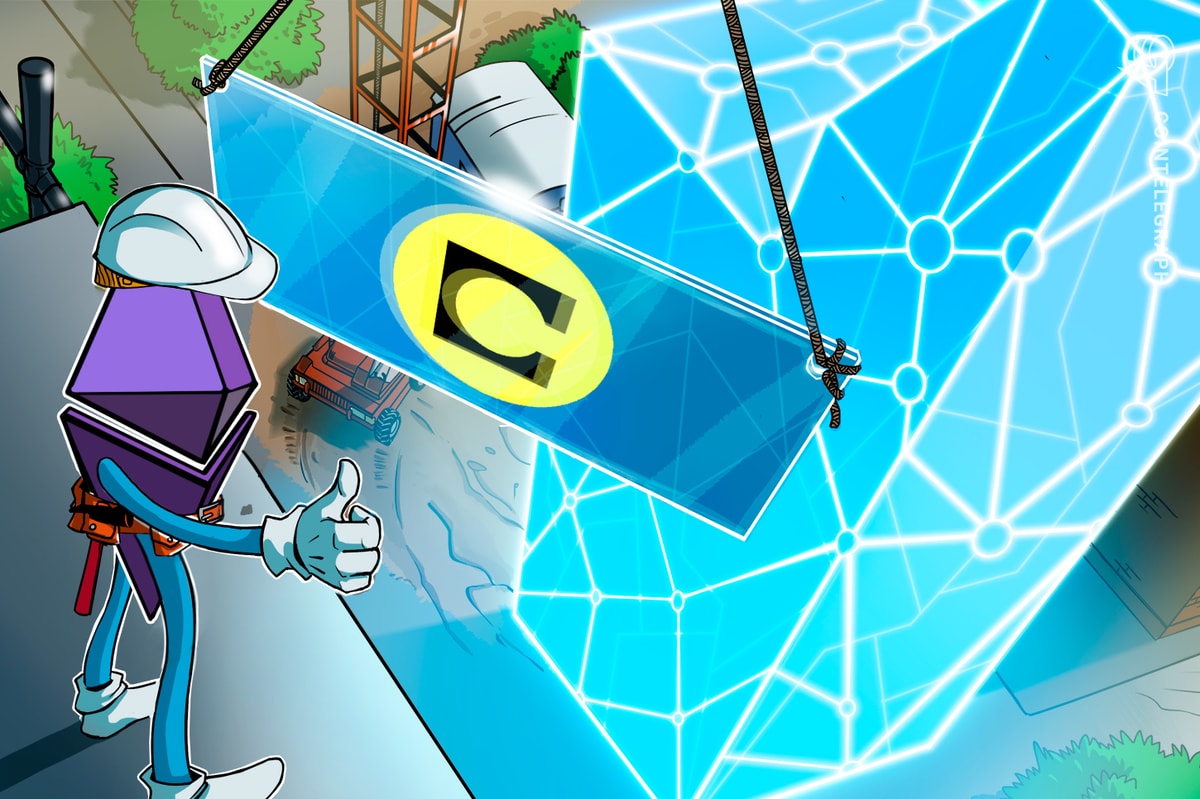Celo, the blockchain network launched in 2020, has officially transitioned from a layer-1 chain to an Ethereum layer-2 protocol.
Celo announced the successful transition in a March 26 X post, stating that “Celo is officially an Ethereum layer 2” protocol. In the thread, the organization claimed the new protocol features one-second blocks, sub-cent transaction costs, and Tether’s USDt (USDT) and USDC (USDC) as gas.
Celo first proposed this transition in the summer of 2023, and it is now completed after block production on the old layer-1 platform halted and continued on the new network. The new platform is based on the OP technology stack and an optimistic rollups implementation.
Source: Celo
Related: Vitalik Buterin endorses Celo for beating Tron in stablecoin addresses
Optimism-based architecture
Blockchain rollups are layer-2 scaling solutions designed to bundle multiple transactions off the main blockchain, reducing congestion and lowering transaction fees. Optimistic rollups owe their name to their assumption that offchain transactions are valid by default, only resorting to fraud proofs during a challenge period if discrepancies are detected on the main chain.
Marek Olszewski, CEO of Celo developer cLabs, told Cointelegraph that “migrating to an Ethereum L2 enhances Celo’s security and scalability.” He added:
“Celo transactions are now anchored to Ethereum, inheriting its battle-tested economic security and decentralization. Celo L2 also offers one-second block times and near-instant confirmations.“
Related: A beginner’s guide to understanding the layers of blockchain technology
Leveraging Ethereum’s network effects
Irfan Shaik, founder of rollup protocol Interstate, also recognized the change as positive for the protocol. He highlighted that Ethereum “has the greatest network effects of any chain,” adding:
“Layer 1s with liquidity fragmentation can instead tap into the largest pool of liquidity available, the ETH layer 1s.“
Olszewski also shared his enthusiasm over the transition to the OP tech stack, saying it allows for “deeper composability with Ethereum-native apps and protocols.” The new system is also significantly simplified, with 365,000 fewer lines of code — decreasing attack surface and, according to him, leading to a lighter, cleaner and faster codebase.
He also highlighted that the upgrade preserved Celo’s near five-year chain history and was carried out in a trustless manner. The token was also moved to the Ethereum blockchain, which Olszewski pointed out should sensibly increase its liquidity. He explained:
“What this means is that Celo becomes a fully-aligned Ethereum layer 2 — by architecture, by ecosystem and by mission.“
Magazine: What are native rollups? Full guide to Ethereum’s latest innovation
Read the full article here


